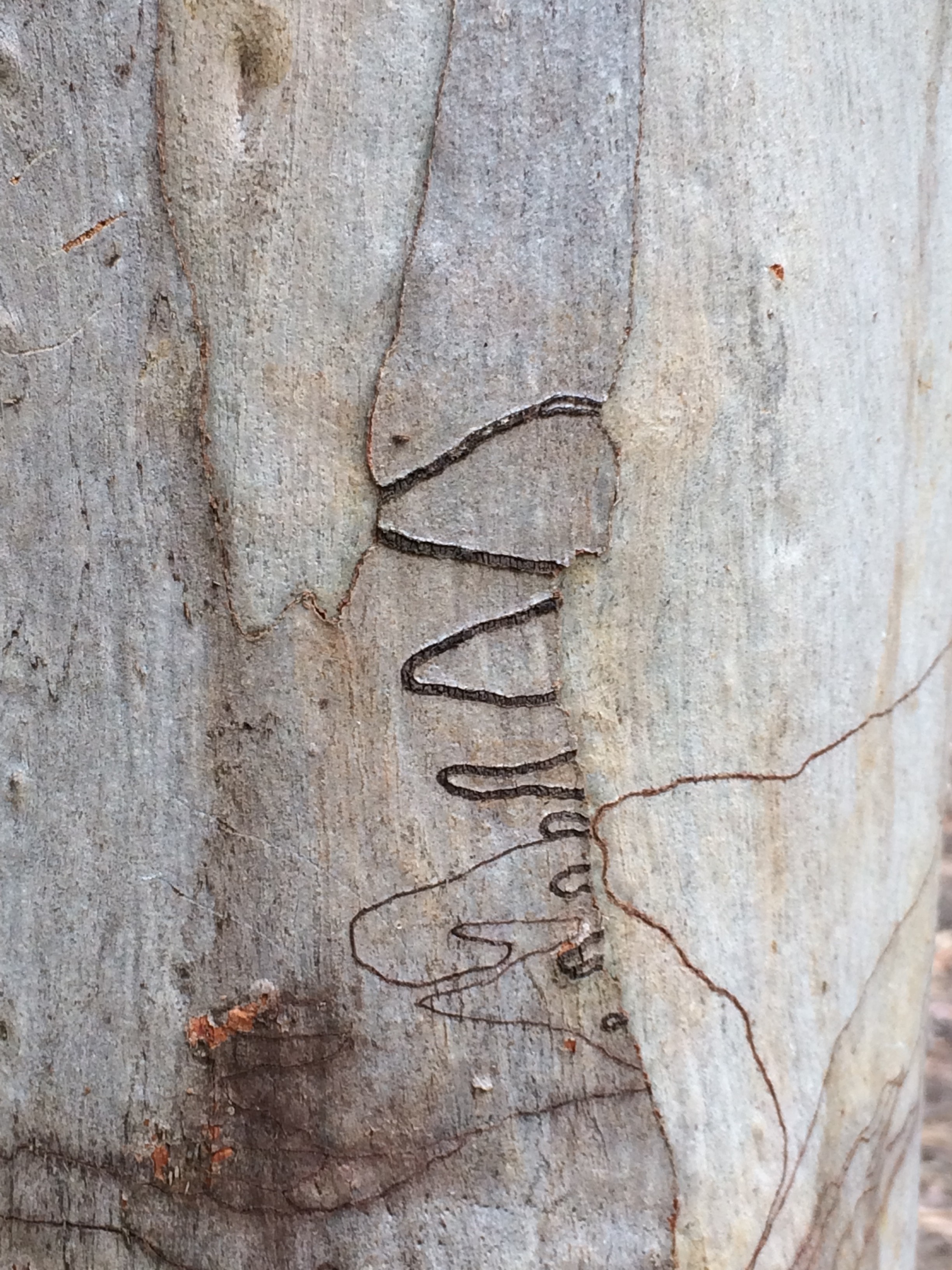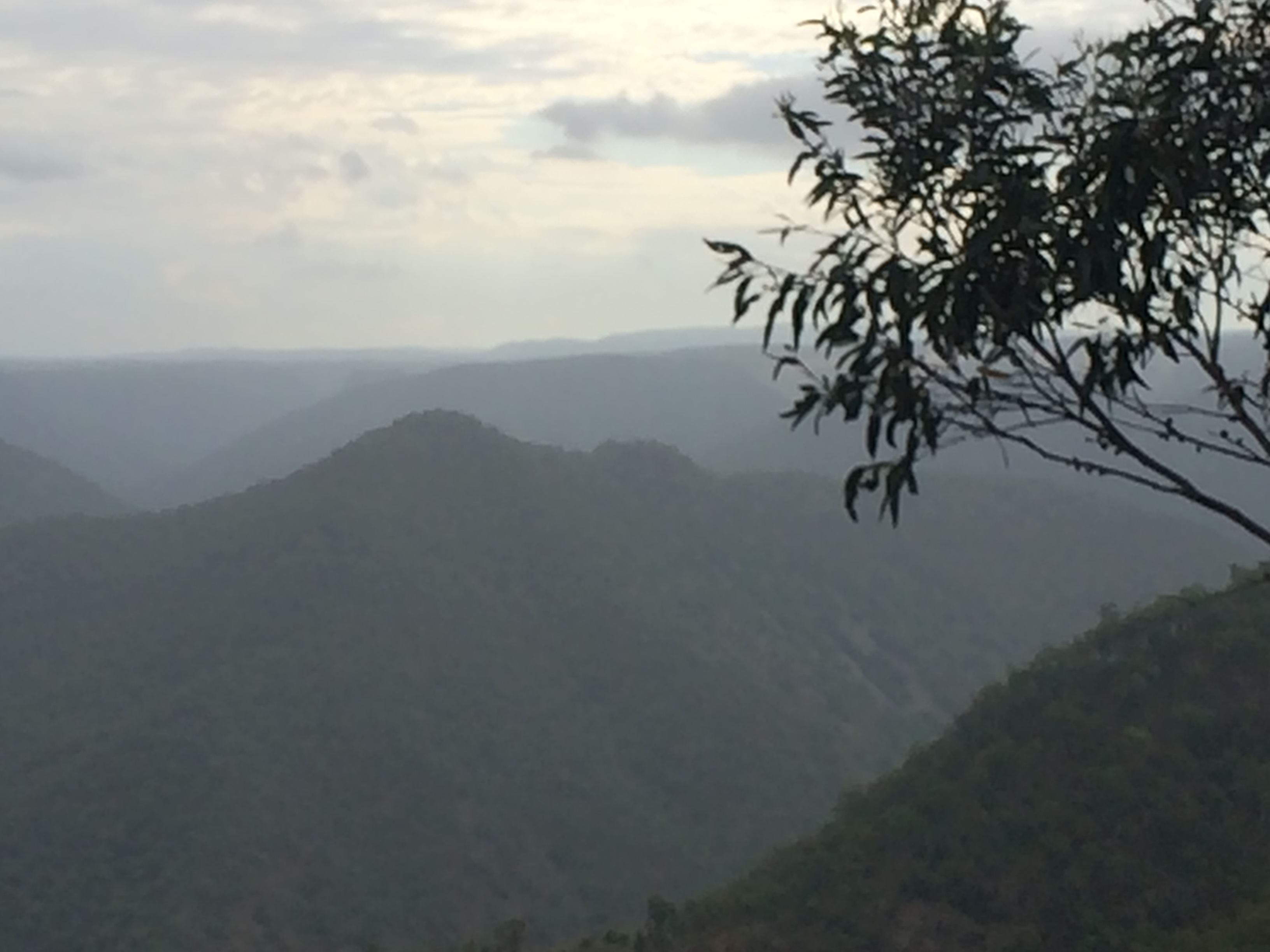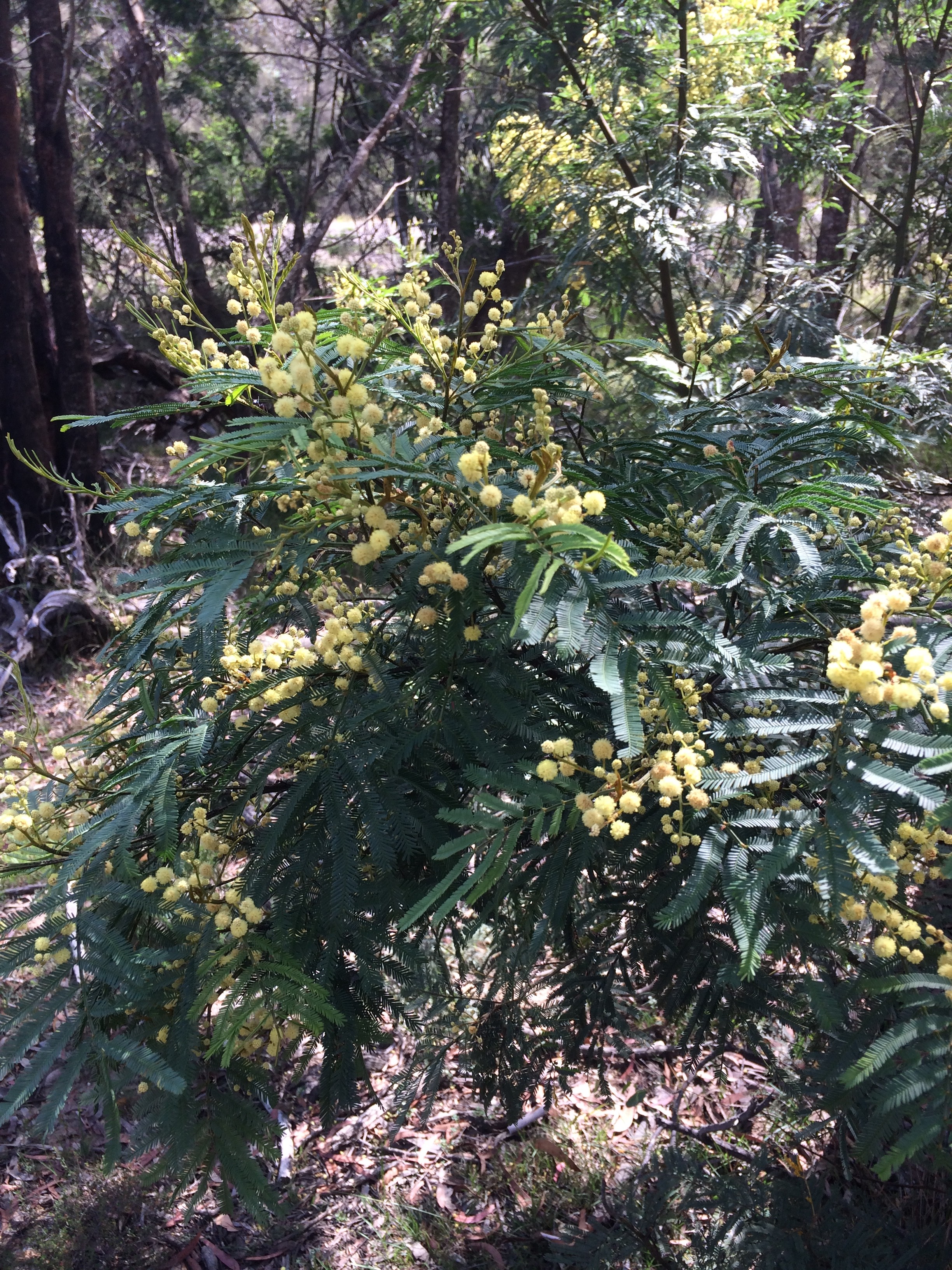Scribbly bark and Argyle apples
We are back in Sydney after a wonderful visit to the southern Highlands. And you know how it is when it’s only a two-day trip and it feels like it was a week’s adventure. So much visual imagery to absorb. And hopefully record. But I am distracted.
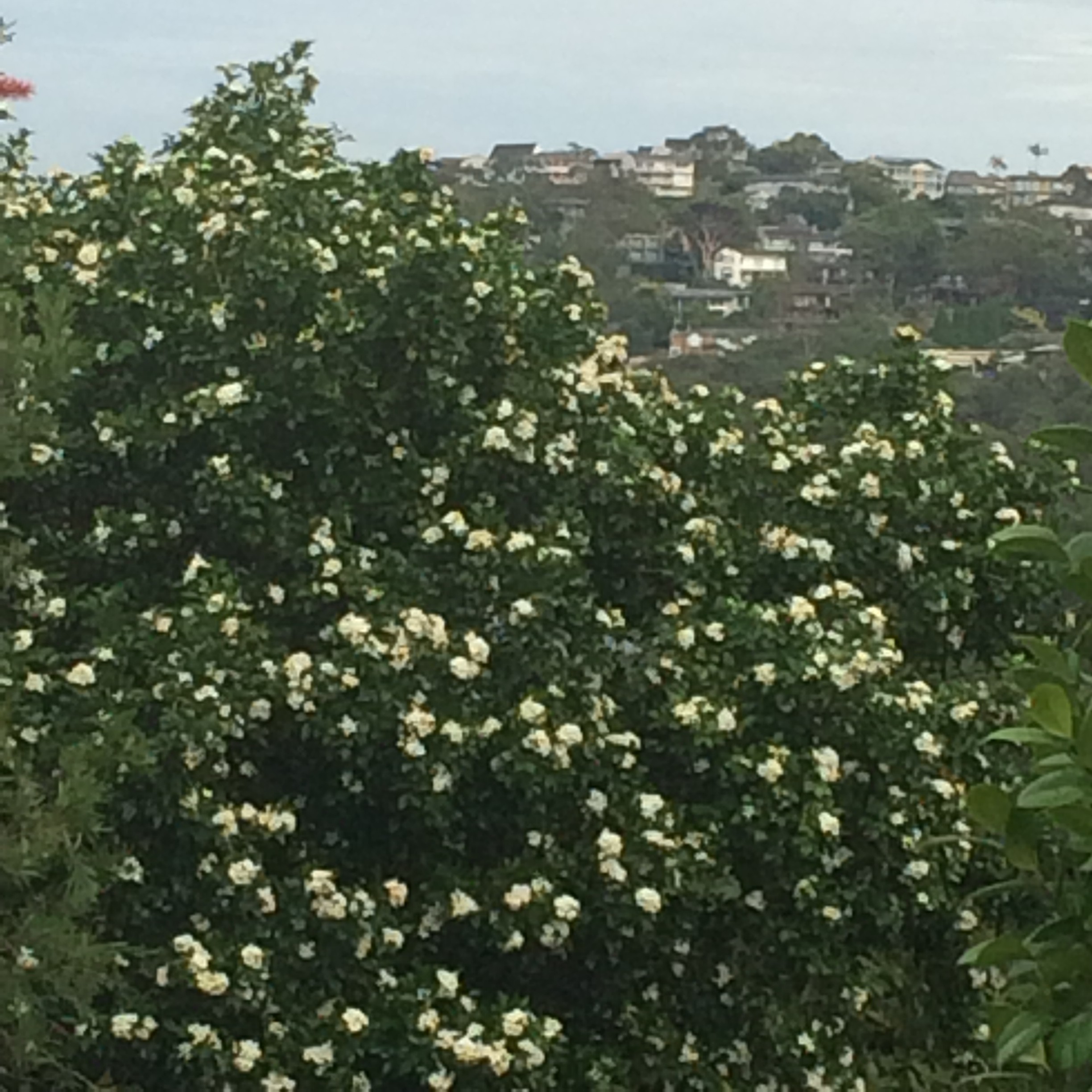 By the sea, the scent of murraya hedging is overwhelming; the rainbow lorikeets are cheeping and I have done a good half hour of cockatoo battling.
By the sea, the scent of murraya hedging is overwhelming; the rainbow lorikeets are cheeping and I have done a good half hour of cockatoo battling.
Murraya – sweeter than chestnuts in flower and just as cloying. You might also know it as mock orange. Or a native version of deutzia.
It’s a rather ubiquitous hedging plant here. And the season of intense flowering has just begun.
 Rainbow lorikeets – fed by hand on the verandah each morning thanks to my late father’s patient ministrations.
Rainbow lorikeets – fed by hand on the verandah each morning thanks to my late father’s patient ministrations.
Here is one in a holding pattern on a New Zealand shrub whose name escapes me as it is a wonderfully alliterative Maori name. Pohutukawa? Alas, no time for research. You will recognize the twining morning glory (ipomea) which I have failed to pull out on my last pass with the secateurs.
And I may leap up at any moment if I hear the secret swoop of the three sulphur crested cockatoos who are currently laying siege to our bird feeder.
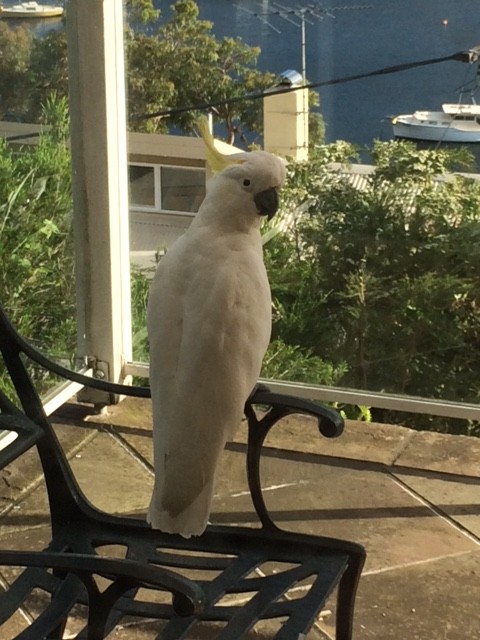 They have tried the direct approach, but are now doing the hide on the roof and drop method. So tedious.
They have tried the direct approach, but are now doing the hide on the roof and drop method. So tedious.
And that I fear is as far as I can go for a few hours. I have an appointment in Manly (coffee, swim, walk on beach) and I intend to walk in a circular path that takes in my favourite trees along certain streets, part of the Manly to Spit Walkway and harbour views. If I pause for endless detailed shots of bark and trees, it takes me an hour and a half.
Back anon.
***
That’s the detail of a scribbly bark gum. Well, now that I know the real reason it’s not as poetic. But the marks you see are traces of the scribbly gum moth which hatch and their larvae make these marks as they emerge. And they can do it on many varieties of eucalypt trees. They aren’t that fussy.
We saw plenty decorating the trees behind Jean and John’s house in Tallong. And I snapped away merrily and did a lot of gawping and marvelling.
And one eucalpyt we came across often has a very distinctive colour and shape and the oddest name: the Argyle Apple. Surely that’s not right.
What on earth has an Argyle (Scotland) Apple (fruit) have to do with a native Australian tree? I need my research books. I need a library. I don’t want to trust wikipedia on this. But I won’t be spending the small fortune asked for at abebooks.com; even though I yearn for Brooker and Kleinig’s, Eucalyptus, An illustrated guide to identification, Reed Books, Melbourne, 1996.
I made do with a trawl through a non-illustrated field guide here (sadly, never quite saw the point of that – apart from prohibitive printing costs) and it gleefully states that the Argyle apple tree is also called eucalyptus cinerea, and also the mealy stringbark, silver-leaf stringybark or the silver dollar tree. ‘A picturesque compact tree with silvery foliage. Prefers good soil and good rainfall, in cool to cold districts.’ The tiddlers I photographed here obviously aren’t getting the good soil they need to reach the 40 feet in height. But their colour is distinctive in the Australian bush.
This is the palate cleanser:
Before the flowering acacia (wattle).
Am I the only one who thinks this seems mighty late for a spring flowering tree? Obviously I need to live in this part of Australia and explore the flora in a bit more detail.

